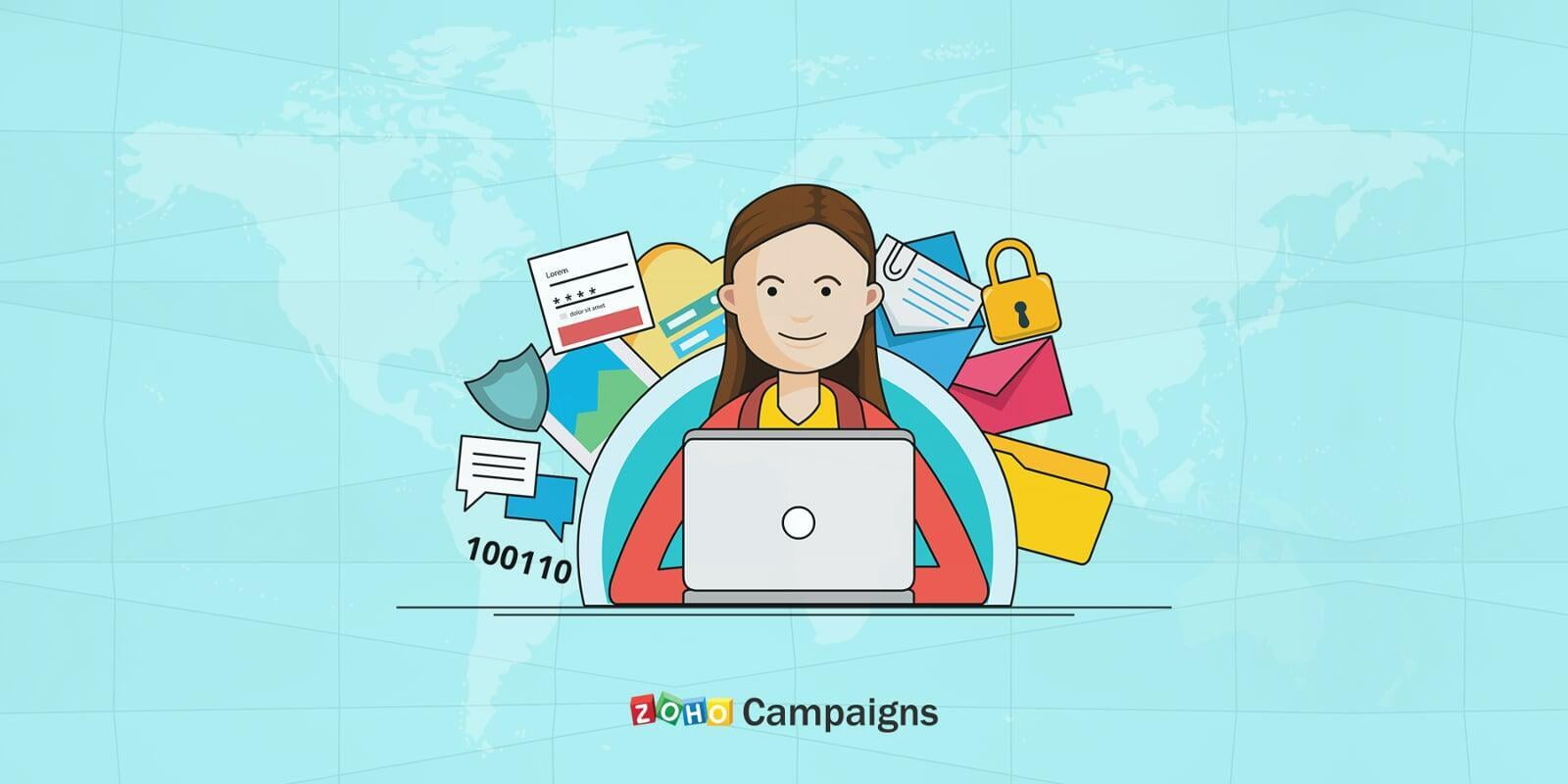What does GDPR mean for a business that is engaged in e-mail marketing?

What does GDPR mean for a business that is engaged in e-mail marketing?
Does the company have to comply with GDPR rules?
These are the questions that the managers continue to ask after the entry into force of the General Regulations on Data Protection (GDPR).
The GDPR (General Data Protection Regulation) is a regulation which aims to help EU citizens gain full control over how their personal data is used by organisations.
As an email marketer, you should be careful what data you collect about your subscribers, how you collect it, how you store it, and how you use it.
Let's look at a few scenarios to understand when a business should stick with GDPR. These scenarios are valid for both B2B and B2C models.
Company A: Your business is located in one of the EU countries, a localized business that deals only with local residents.
Company B: Your business is not based in the EU, but you have customers in EU regions.
Company C: Your business is located in one of the EU countries, but your client list includes people from different regions.
Company D: Your business is not based in the EU, and all your customers are from the USA.
If you fall into the first three categories, then yes, it is important and obligatory that you comply with the GDPR. Even if you fall into the 4th category, it is recommended that you follow this law because it helps you update your customers, gain their trust, and create a name for your brand.
Here are a few simple steps you can take to enforce this law:
Use double registration forms to obtain double consent. A double subscription ensures that subscribers will send you an email confirmation after they register for your service. They will only be added to your mailing list after confirmation. This helps a lot in creating a list of active subscribers.
2. Specify how you know your followers. People often forget how they know you and why they receive emails from you, which can lead to direct unsubscription. So, remind them who you are and why they're getting this email. You can do this by adding a note in your footer that says which email list they belong to.
3. Add email settings to your welcome email. When you send greeting emails to your new subscribers, always invite them to choose what they want from you in terms of content and how often they want your emails to reach their mailboxes.
4. Include an unsubscribe link in each message. People may change their mind after subscribing to the service, or they may have sent the form incorrectly - having an unsubscribe link will help them cancel your emails at any time. This way, you give them a choice of you and, in turn, reduce the number of spam complaints.
5. Give followers the opportunity to update their profiles. If a follower wants to add more information to their profiles or edit what they already have, or even delete what they think is unnecessary, let them have their own data. Allow them to update their profiles in emails so that they can modify their data as needed. This will help you collect valid and up-to-date information about your subscribers.
6. Get the subscriber's consent before conducting promotions. Resolution-based postal marketing is the best form of marketing; it confirms your brand's commitment to ethics. Your mailing lists may include people you know directly, people you meet at an event, your webinar visitors, or people who come by word of mouth. It is very important to get their consent before sending out promotional emails. You should also make it clear why you are getting their consent. Getting their consent and recording it may seem difficult, but it is worth it. In the process, you also clean up your inactive subscribers' mailing lists.
The original article can be found at: https://www.zoho.com/campaigns/blog/gdpr-through-the-eyes-of-an-email-marketer.html.
Zoho evaluated all its products individually for the compliance with the GDPR requirements and introduced new functions that will give you more control over your data.
More details can be found on the links:
https://www.zoho.com/gdpr.html
https://www.zoho.com/crm/gdpr/
Try Zoho Campaigns from Zoho Corp., a great tool for creating marketing e-mail newsletters can be found at - http://crmoz.link/Campaigns.






